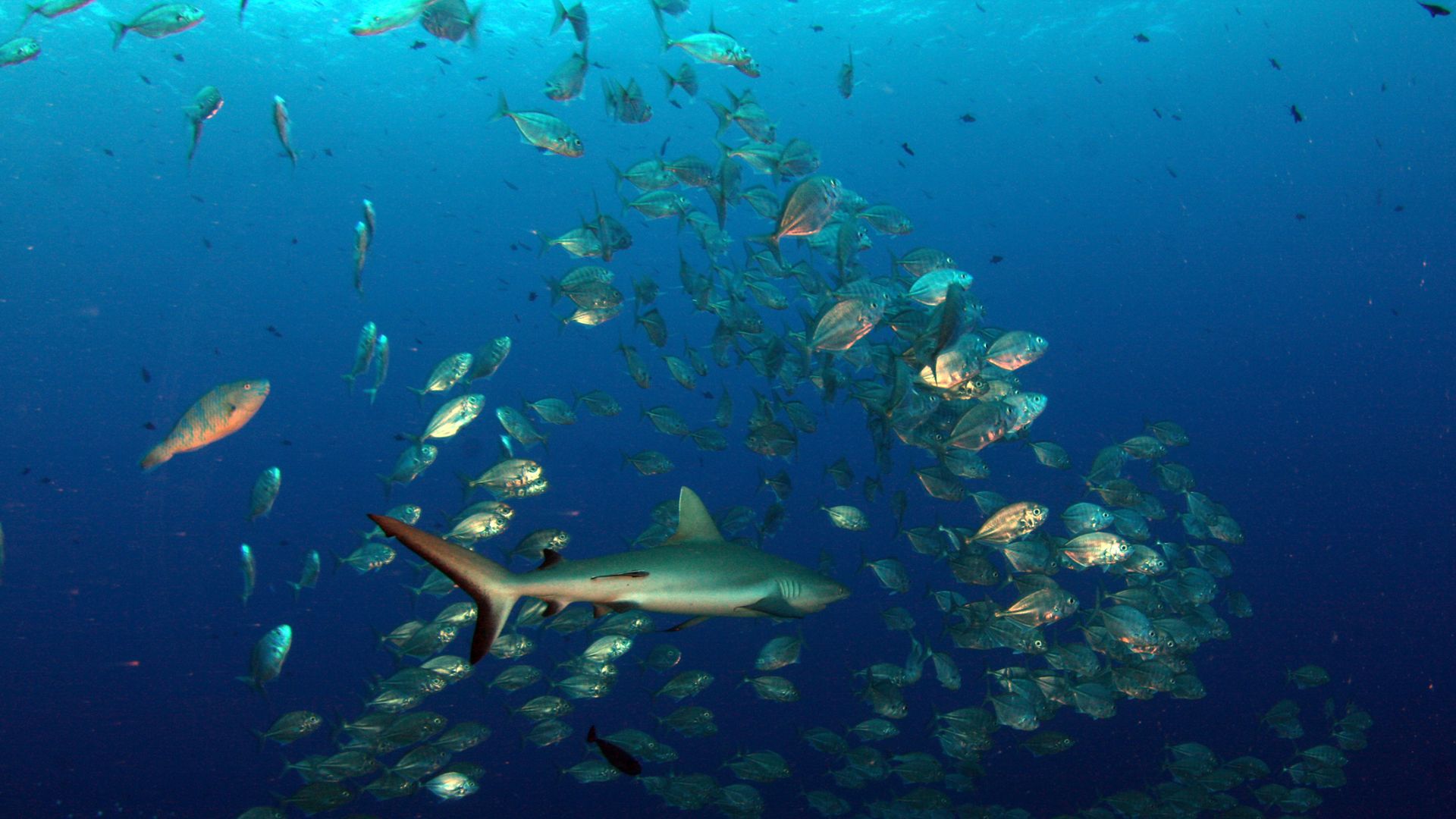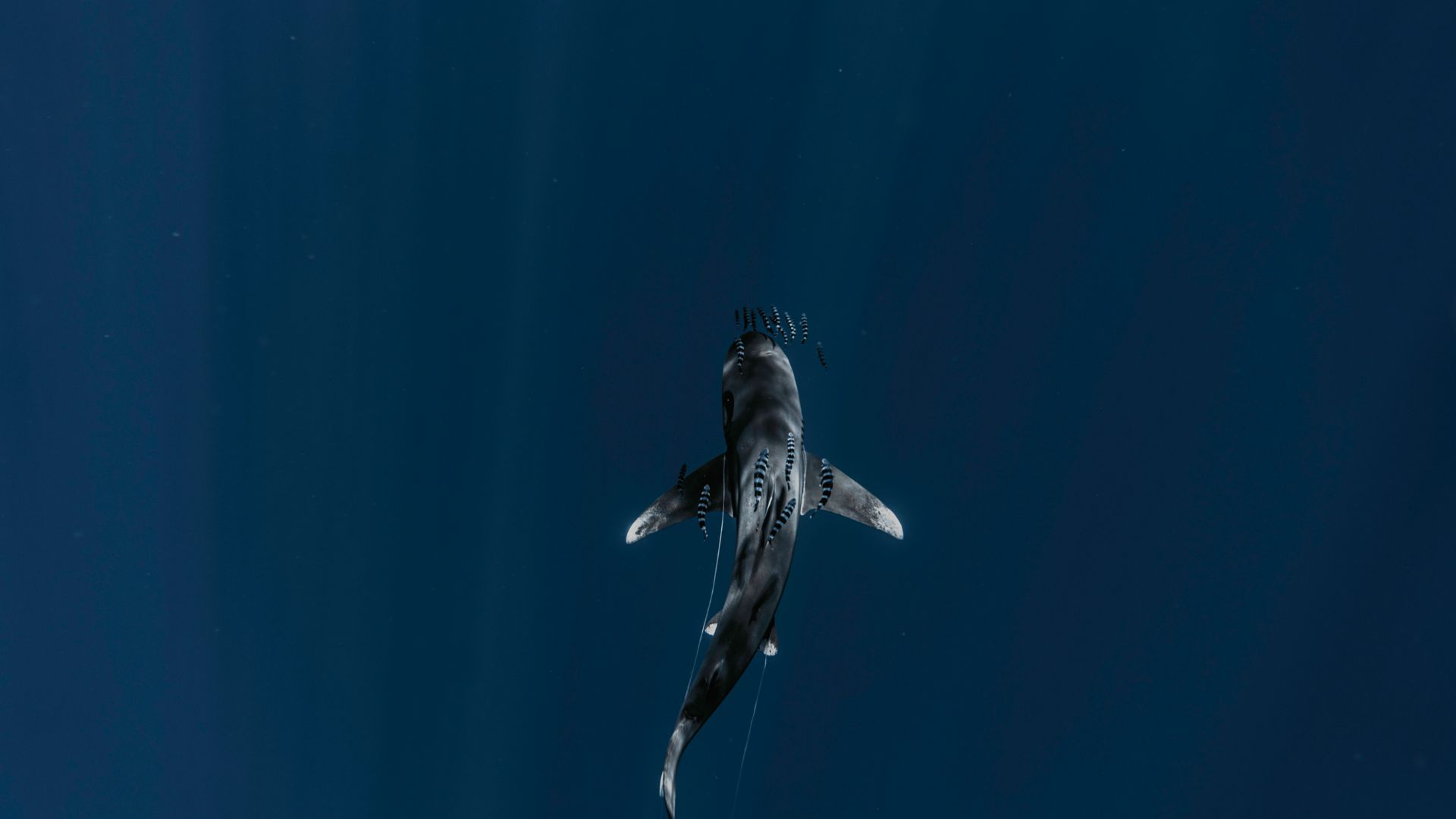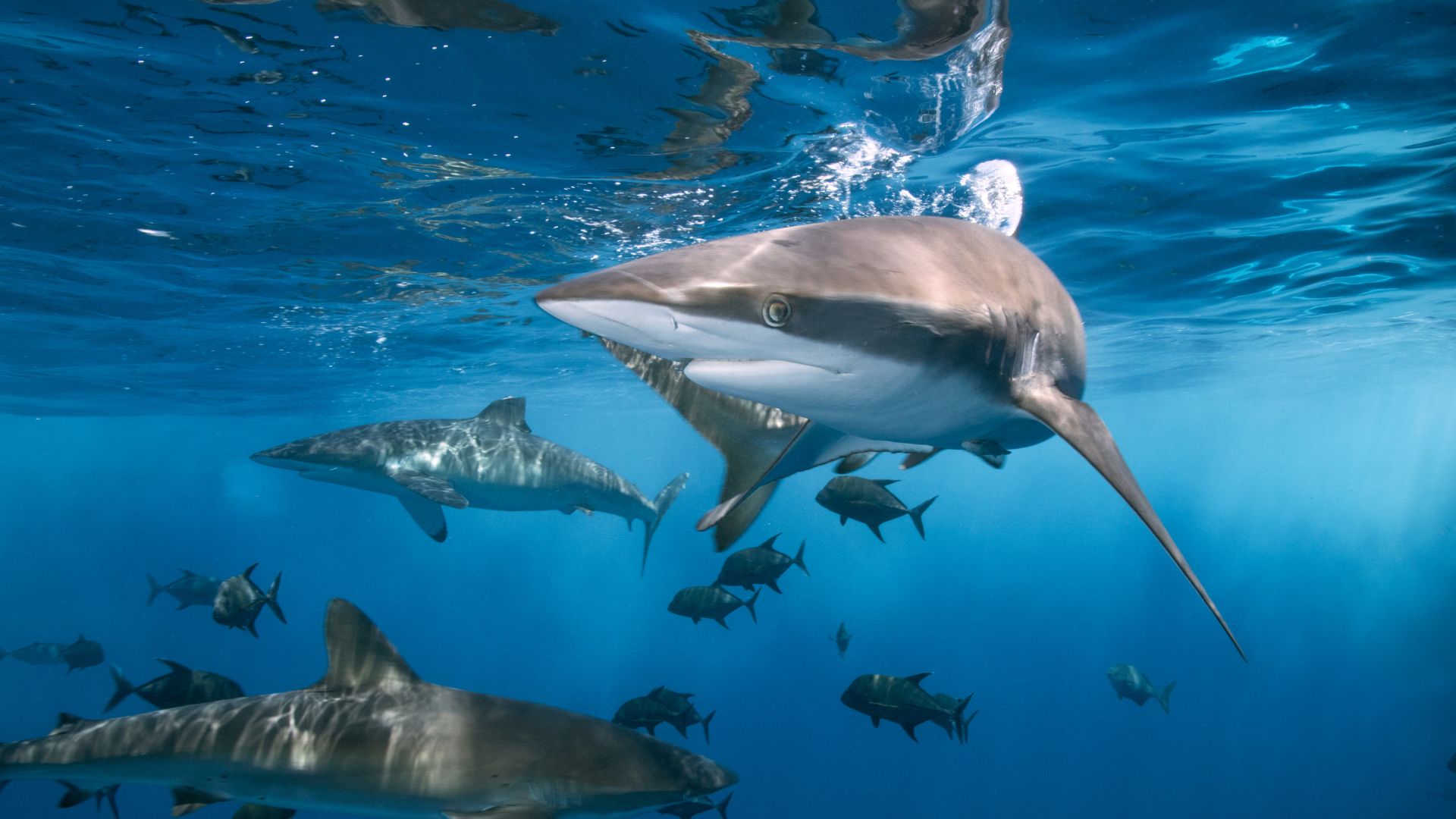
The top 10 most dangerous shark species: What you need to know
Sharks are among the most fascinating and misunderstood creatures in the ocean. While they often provoke fear due to their portrayal in the media, they are also admired for their power and role in marine ecosystems. However, some species of sharks have gained a reputation for being dangerous to humans.
“Sharks are not monsters of the deep, but guardians of the ocean, whose existence is vital to the balance of our marine ecosystems.”
In this article, we’ll take a closer look at the top 10 most dangerous shark species, discussing what makes them a threat and why understanding these creatures is crucial for both safety and conservation efforts:
- The most dangerous shark species
- Why these sharks are dangerous
- What you can do to stay safe
- Maintaining marine ecosystems: Sharks are essential to our oceans
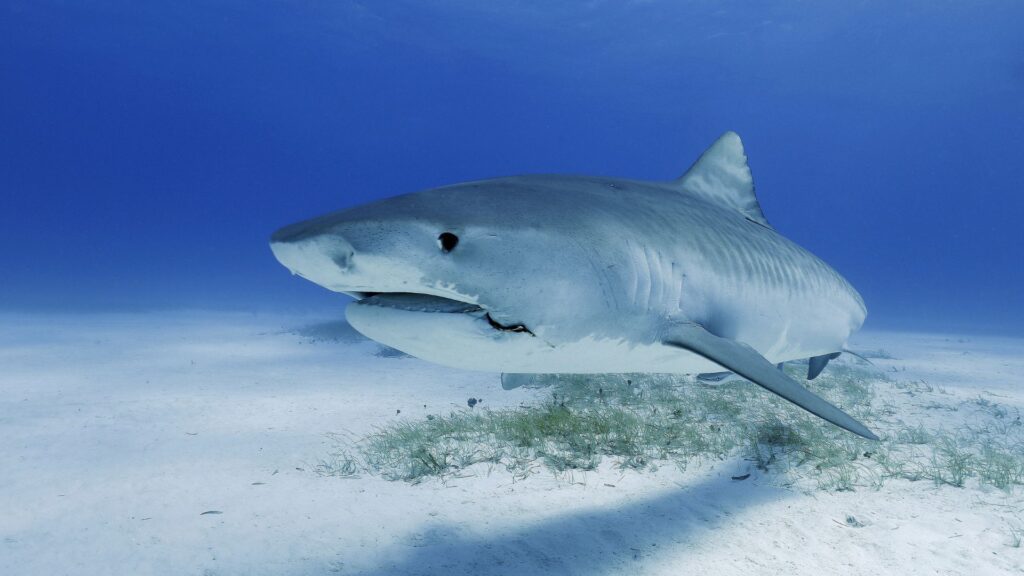
The most dangerous shark species
Some shark species are notorious for their potential danger to humans, largely due to their size, strength, and hunting behavior. In this section, we’ll explore the top species that pose the greatest threat and what makes them so dangerous.
Great White Shark
The Great White is undoubtedly the most famous of the dangerous shark species. Known for its size and strength, the Great White is responsible for the majority of recorded shark attacks on humans. These sharks are skilled hunters with an impressive set of senses that help them track and ambush prey. Their large size and powerful jaws make them a formidable predator.
Bull Shark
Bull sharks are notorious for their aggression and adaptability. Unlike most sharks, they can tolerate both saltwater and freshwater, which means they often venture into rivers and lakes, putting humans at risk in areas far from the coast. Bull sharks have been involved in numerous unprovoked attacks and are considered one of the most dangerous species.
Tiger Shark
The Tiger Shark is another dangerous species, known for its broad diet that includes almost anything it can catch. This shark has powerful jaws that can crush hard-shelled prey like sea turtles and mollusks. Their inquisitive nature sometimes leads them to bite humans, and their large size adds to their threat.
Oceanic Whitetip Shark
Often found in open waters, the Oceanic Whitetip Shark is highly aggressive, particularly when food is scarce. These sharks have been involved in attacks on shipwreck survivors, likely due to their hunger and curiosity. Their migratory patterns bring them into contact with humans in remote oceanic areas.
Hammerhead Shark (Great Hammerhead)
While Hammerheads are generally not as aggressive as other sharks, the Great Hammerhead is a notable exception. Their wide-set eyes and unique head shape give them an advantage in hunting, and their large size makes them capable of inflicting serious damage if threatened.
Mako Shark
Known for their speed and agility, Mako Sharks can reach speeds of over 60 miles per hour, making them one of the fastest sharks. They are responsible for a number of attacks on humans, though they typically attack when provoked or out of curiosity. Their powerful bite and quick reflexes make them particularly dangerous.
White Tip Reef Shark
Though generally not aggressive, the White Tip Reef Shark can become dangerous in certain circumstances, especially when it feels threatened or cornered. These sharks are often found in coral reefs and have been known to bite divers who venture too close to their territory.
Blacktip Reef Shark
The Blacktip Reef Shark is commonly found in shallow waters around tropical and subtropical reefs. Although not as deadly as some of the larger sharks, they can be aggressive if they feel threatened. Their speed and tendency to bite first and ask questions later make them a concern for divers.
Basking Shark
The Basking Shark, while generally harmless to humans, can still pose a risk due to its large size. Their presence near populated areas can lead to accidents, especially if swimmers or surfers encounter them unexpectedly.
Nurse Shark
Despite their docile appearance, Nurse Sharks can become dangerous if provoked or cornered. These sharks are commonly found in shallow waters and are known for their slow, bottom-dwelling habits. However, when they do attack, they can be surprisingly aggressive.
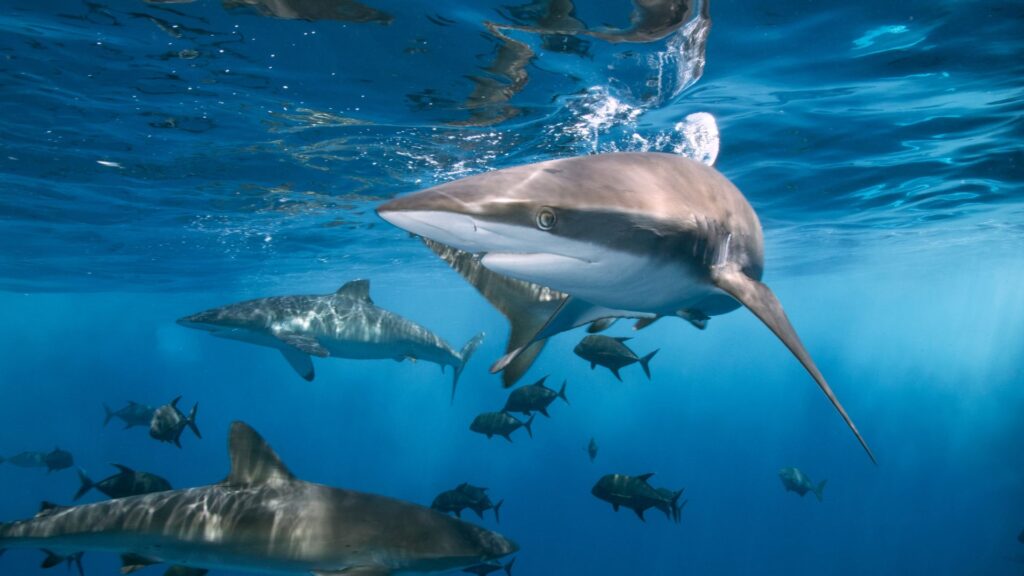
Why these sharks are dangerous
Sharks are equipped with natural instincts and hunting techniques that make them skilled predators. Their acute senses, including extraordinary hearing, sight, and the ability to detect electrical fields from potential prey, give them an edge in locating food. Most of these species pose a threat to humans not because they actively hunt us, but due to their curiosity and the environments in which they are found.
Sharks like the Bull Shark and Tiger Shark are particularly dangerous because of their tendency to inhabit waters frequented by humans, such as coastal areas and river mouths. Understanding their behavior and their motivations for attacking is crucial for avoiding encounters.
What you can do to stay safe
While shark attacks are rare, it’s essential to take precautions when swimming, surfing, or diving in shark-prone areas. Here are some basic safety tips:
- Avoid swimming in murky water where sharks may mistake you for prey.
- Stay in groups; sharks are more likely to attack individuals who are isolated.
- Avoid swimming at dawn or dusk, as sharks tend to be more active during these times.
- Do not wear shiny jewelry, as it can attract sharks.
- Be cautious around schools of fish and seals, as they are common prey for sharks.
In addition, advances in technology have led to the development of shark deterrents, such as electronic shark repellent devices and shark shields, which can help prevent encounters. Research efforts are also focusing on understanding shark behavior and developing methods to reduce the number of attacks on humans.
Maintaining marine ecosystems: Sharks are essential to our oceans
Sharks are apex predators that play an essential role in maintaining the health of marine ecosystems. While certain species can be dangerous, it’s important to remember that attacks on humans are rare, and most sharks pose little risk to us. By understanding their behaviors, respecting their habitats, and following safety guidelines, we can coexist with these remarkable creatures.
Let’s recap one more time:
- The most dangerous sharks to humans include the Great White, Bull, Tiger, Oceanic Whitetip, and Mako sharks, known for their size, aggression, and hunting abilities.
- Sharks are equipped with highly developed senses and instincts that make them efficient hunters, often attacking out of curiosity or in search of food, not out of a desire to hunt humans.
- Certain sharks, like Bull Sharks and Tiger Sharks, are more dangerous due to their presence in areas frequently visited by humans, such as coastal waters and river mouths.
- To avoid shark encounters, swim in groups, avoid murky waters, and stay out of the water at dawn and dusk. Also, avoid wearing shiny jewelry and be cautious around schools of fish or seals.
- Understanding shark behavior and reducing risks through technology and education is crucial for both shark conservation and human safety, ensuring a harmonious coexistence with these apex predators.
As we continue to learn more about sharks, their conservation becomes increasingly important to ensure their survival and the overall health of the ocean. Understanding and respecting sharks is the key to protecting these essential predators and preserving the balance of our marine ecosystems.

